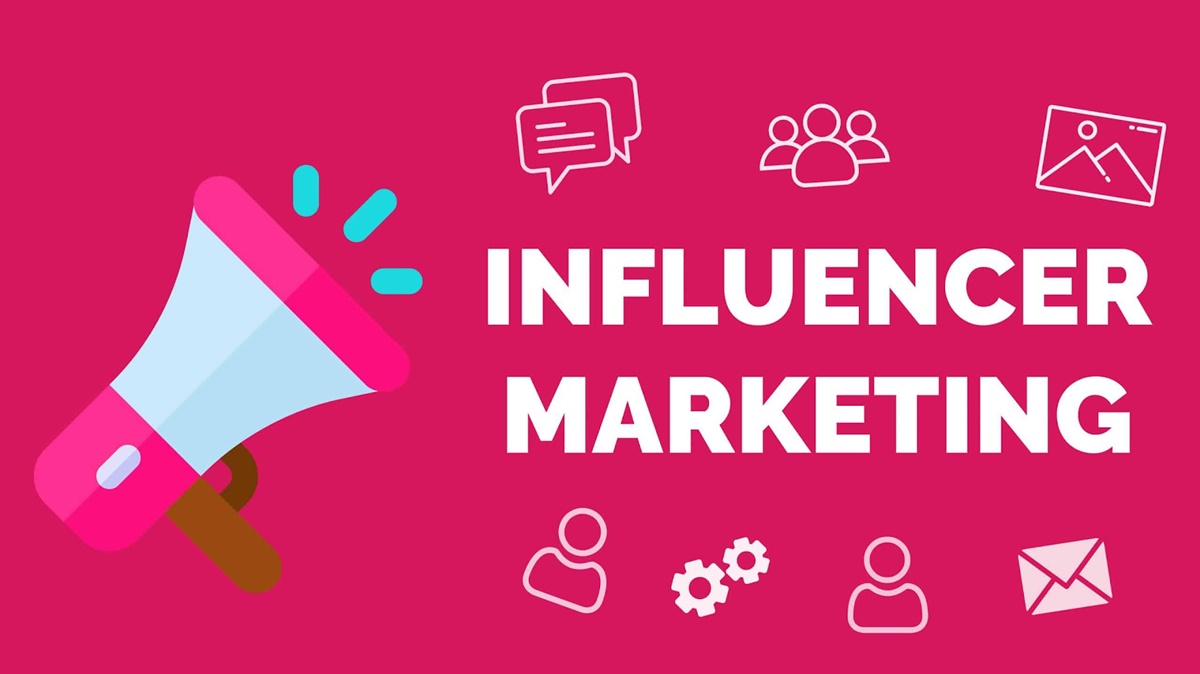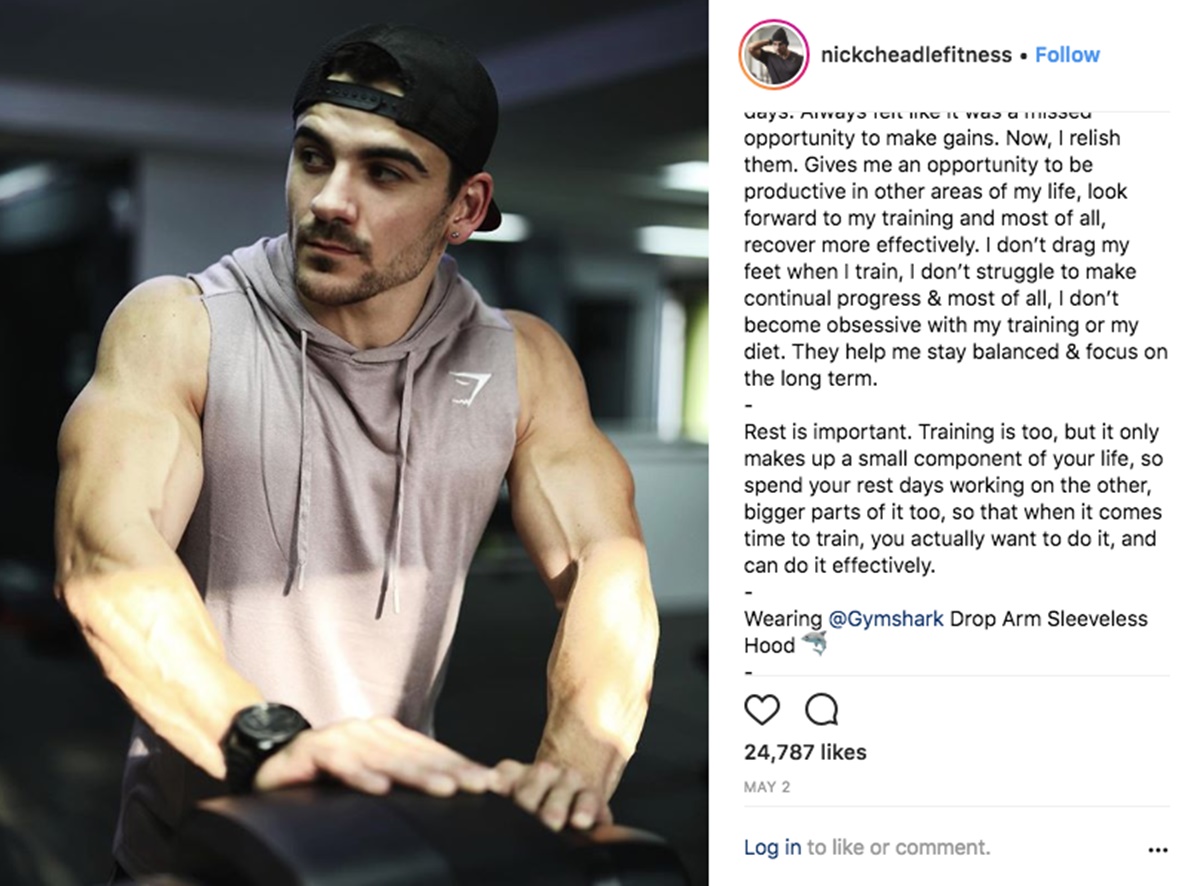Instagram Influencer Marketing: 10 Steps & Factors for Successful
Influencer Marketing is the fastest-growing marketing method in the world. Almost 40 percent of marketers state they are now devoting a budget to influencer marketing, and 80 percent estimate that influencer marketing has an important impact on their business objectives.
Although influencer marketing is getting more and more impactful for businesses’ bottom lines, So if you’ve never used it before, you may have a lot of questions. How am I supposed to achieve ROI? Where will I find the right influencers? How much does that cost? Where am I going to start?
In this article, you are going to get answers to all of these questions, and you will be able to put together an influencer marketing plan for your own business. Now, let’s jump right into the details!
What is Influencer Marketing?

Influencer marketing is one of the terms where the name means what it says. It means that businesses work with influential people for their online marketing efforts. The goal of influencer marketing is to identify the main people who act as influencers in your niche so that you can approach them to work with you to promote your brand.
So, what’s an influencer in marketing? An influencer is someone who has a reputation to influence other people’s purchase decisions. An influencer can achieve this impact because he/she has the reputation, knowledge, position, and/or a special relationship with his/her audience. He/she is usually someone who has a significant follow-up in a particular niche, and he/she actively engages with them. The size of an influencer’s followings will depend on the size of the market in which he/she wants to operate. There should be more fashion fans than the devotees of Greek mythology.
Influencer marketing grew out of the marketing of celebrities. Celebrities have been endorsing products for years – for a big sponsorship fee, of course. Online celebrity marketing is still a segment of influencer marketing, but modern influencer marketing has developed into something so much more than a movie or sports star pushing some irrelevant products to their fans.
As the internet has matured, lots of individuals have established reputations as digital superstars. These are the people that we consider to be influencers. Such influencers have developed reputations for being specialists in niches in particular. They may have set up a good blog on the subject. They may have made videos and posted them to the related YouTube site.
Or, more often than not, they have operated active and popular social media accounts where they provide opinions, ideas, tips, and advice on their specific subject. Influencers spend a considerable amount of time building their brand and cultivating their audiences.
If influencers understand how your product can benefit their followers, they would be happy to partner with you. They will be prepared to associate their name with your product, experience, and authority to the marketing of your company to their followers.
There is one important about this to remember though, though. Influencer marketing will only work if your brand is a quality product. If your product is of little value, poor-quality or worse than alternatives on the market, then no amount of paying for influencers will bring you to repeat sales. In fact, no real influencer will want to partner with you because that will hurt their own reputation.
Why Influencer Marketing on Instagram Works

Influencer marketing is a powerful tool that enables brands to reach their target audience in a way that is much more authentic than conventional advertising. Instead of selling directly to consumers, businesses are building relationships with influencers who can sell to the consumers for them. Influencers on Instagram have a strong and loyal relationship with their followers, sharing many aspects of their lives with them.
This makes us feel like we know them personally, and when the influencer we like suggests something, we listen as we would if he were a friend. For instance, if you follow a travel blogger on Instagram for their beautiful images or amusing captions, and they post about a plane pillow that gave them the best night’s sleep on a long flight, you ‘re more likely to remember the brand and buy it for your next holiday because you like it and trust it. It makes sense, doesn’t it?
4 Simple Steps To Create An Instagram Influencer Marketing Plan

1. Research
As for every other strategic vision you ‘re aiming at, the first step of your influencer marketing plan will always be to carry out in-depth analysis. First, what kind of demographic do you want to reach – and which platform do you need to use?
When you’re a B2B business, it’s probably worth running influencer marketing campaigns on LinkedIn rather than Instagram. If you’re in the video game business, you ‘re better off using Twitch than any other network.
This may sound simple, yet you need to make sure that every campaign you ‘re running is really going to hit your target audience. Yes, now to phase two. Who are the best movers and shakers in your industry? Who’s up-and-coming, quickly gaining a lot of traction, but not yet demanding exorbitant promotional prices?
Getting a mix of industry veterans and relative newbies is a good way to make sure you get the best out of your budget, and it may also be a good way to ensure broader demographic scope.
2. Strategize (while keeping your budget in mind)
Once you’ve figured out who you’re going to contact, then you need to devise a comprehensive marketing influencer strategy that encompasses everything from initial influencer outreach all the way through to how long your campaigns are going to run.
What are the overall objectives of your marketing influencer campaign? Are you aiming at increasing sales, brand awareness, or a little bit of both? What would make the campaign a success, and vice versa, what would make it a failure? You can only really determine how this is achieved if you have these targets in mind.
Also, how you handle your allocated budget is a key part of your overall marketing influencer strategy. What’s the absolute maximum you ‘re willing to pay for? How many followers would the influencer need to explain this kind of compensation?
Are you going to leave some wiggle room in case they want to haggle? Who’s got the final budget sign-off? These are the crucial questions you need to answer before you start.
It’s tempting to get carried away and spend money on big industry figures, but you need to make sure that you’re still within the boundaries of your budget and have an overall marketing impact that you’re sticking to.

3. Begin your outreach campaign
At this point, the fun stuff begins. Once you have put together a good list of potential influencers and a solid strategy, you can now get in touch with the influencers and tell them about your plans and requirements.
With micro-influencers (usually those with a few thousand followers), you can probably get away with sending them a direct message. However, larger influencers that well have a link in their profile, which will take you to the business inquiry page.
4. Assess and tweak your influencer marketing campaign
Keep a close look at how your campaign is performing on a frequent basis, but be sure to not get impatient and make changes before results come in.
Influencer marketing strategies may not necessarily lead directly to sales – many potential buyers may have initially heard about your brand from an influencer campaign before going through a long and complicated buying process before converting.
Therefore, early assessment of how well your campaigns have been conducted may lead to skewed results. You should probably review the performance of your influencer marketing campaign a few months after it has ended (unless you’re working for a company with a particularly long purchasing cycle). After you’ve compared your performance to the original targets you set, you can start refining your plan for the next influencer campaign you ‘re running.
You may be looking to target a younger demographic, or you may find that your highest-paid influencers had the lowest ROI. Whatever the outcome, make sure you change your strategy in the right way. Optimizing the marketing strategy is a continuous process; influencer marketing campaigns are no different.
How To Work With Instagram Influencers

To work with Instagram influencers, the first thing you need to do is set your budget. It’s a costly game, and with the influencers charging per post or per stories, a whole campaign can induce some big cost.
With a smaller budget, you ‘re going to be looking for micro-influencers to promote your brand. They are influencers with a relatively small follower base (1,000 – 10,000 followers) but with a high level of involvement in their posts.
This is a much more cost-effective choice for smaller companies, and micro-influencers can have a great deal of control over a limited audience. On a larger budget, you can think of larger influencers, but try not to be fooled by vanity metrics such as the number of followers and focus primarily on the rate of engagement.
When you’ve found people who you think could be great, do your research as we described above. Ensure that they have a sincere follow-up and a trustworthy, committed group. See if they have worked on influencer campaigns in the past and look at the kinds of items or brands that they endorse, that will allow you to figure out whether they will be a good match for your business.

As well as this, take a look at their comments and see if their demographic target has an effect on their content. And finally, check out what kind of posts they excel at (i.e. stories, videos, gallery posts) to help inform your campaign.
Then get in touch with them! Micro-influencers are likely to manage their own profiles by themselves, so you can get in touch with them via email on their profile, or send them a direct message on their platform. If you’re looking to work with a larger influencer, they ‘re probably going to have an agency that handles their campaign requests – usually listed in their bio.
When you work with agencies, on the other hand, ask for the rate card of the influencer and explain the brand and your campaign brief. Delve into as much detail as possible (i.e. budget, how many posts, type of content, etc.) in order to better balance the needs of both sides of the partnership.
Six factors that decide the cost of influencer marketing

Before we dive into how many influencers can cost, let’s go through the factors that affect the cost of each campaign of influencers. Considering these considerations allows you to change the prices accordingly so that you can end up with a deal that works for both you and the influencer.
1. Social media platform
The social media channel chosen for the influencer campaign is one of the main factors that affect costs. As you will see in the following section, the expense of targeting influencers varies across platforms. It’s as if every social media platform has its own market rate.
Instagram is often the favorite for social media influencer marketing, followed by YouTube and Snapchat. In general, influencer marketing is less popular on Facebook and Twitter. Musical.ly, now Tiktok, is a massive social media platform that is getting more and more popular for influencer marketing. Big brands such as Coca-Cola have partnered with influencers on Tiktok for their campaigns.
Read more: Can You Make Money On TikTok?
2. Following
Traditionally, brands are looking at the potential reach of an advertising channel to decide how much to pay for an advertisement. Thus, the number of followers of the influencer became a factor when determining how much to pay the influencer. The theory is that the more followers an influencer has, the more people the brand can attract. So influencers with a larger follow-up will usually charge more.
In the world of digital influencer marketing, the size of an influencer’s follower base is still the gold standard for how influential they are. But as these days, it’s easy for people to buy fake followers to inflate their follower count, brands are also evaluating other measures to decide how much they are willing to pay.

3. Engagement
Engagement is one of the alternatives that brands use. Although it’s easy to buy fake fans, it’s harder to buy fake engagement (though not impossible). When influencers can attract their followers to engage with their social media posts, the influencer marketing strategy can become more successful for the brand, as those followers are ultimately dedicated to the brand.
In addition, social media algorithms give priority to interaction. The more engaging the post is, the more people will see the message. Influencers with higher engagement rates are more likely to have greater reach. Therefore, the higher the engagement level the influencer can acquire, the more they will charge.
4. Product
The product you ‘re selling (or the industry you ‘re in) may also affect the cost of your influencer marketing campaign. An influencer who promotes a sports car will usually cost more than an influencer who promotes fruit juice. A good rule of thumb is that the more expensive your product, the more expensive your campaign will be.
5. Direct partnership or through an agency
If you work with an ad agency instead of directly with an influencer, expect to pay a little extra to take their fees into account. Working with an ad agency is more expensive than working directly with an influencer.
It is because the ad agent will normally charge a fee to match you with the right influencers. In addition, influencers who are part of a talent agency are typically more experienced in influencer marketing and will pay a higher fee.
6. Campaign
Finally, the scope of your campaign will also affect the cost. Here are some questions to consider:
How many posts do you want to get from the influencer? Who is responsible for the content? You or the influencer? Do you require the influencer to cross-post to their other social media profiles? Do you require the influencer to keep the post on their profile permanently? (Some influencers remove their sponsored posts after the campaign.)
As a rule of thumb, the more work the influencer is required to do, the more you will need to pay.
Influencer Marketing Pricing On Instagram and Other Social Media Platforms

Instagram, Facebook, YouTube, and Snapchat are some of the most popular marketing influencers. – These platforms provide customers with many content and online media choices (e.g. live streaming, posts, stories, etc.) that can impact pricing. Additionally, more successful and influential influencers usually charge higher fees for their services on each site.
- Instagram – Cost per impression (CPM) ranges $5-10, depending on the engagement.
- Blogs – Pricing is often dependent on PageRank, but estimates vary from $10-100 per 1,000 unique visitors to $10 per 1,000 page views per month.
- YouTube – $15-30 CPM, depending on average views and engagement.
- Snapchat – $30-50 per 1,000 views.
- Facebook – $4-8 CPM, depending on engagement.
Final Words
Consumers are becoming more and more knowledgeable and cautious when it comes to advertising, and the marketing of influencers is no different. When the industry is becoming more and more competitive, brands and influencers will need to think beyond the box to keep producing highly engaging marketing campaigns, and we can’t wait to see them! I hope this article has given you valuable insights into influencer marketing, please feel free to drop a comment for further discussion!
New Posts

How To Set Up Google Analytics 4 For Your BigCommerce Store






